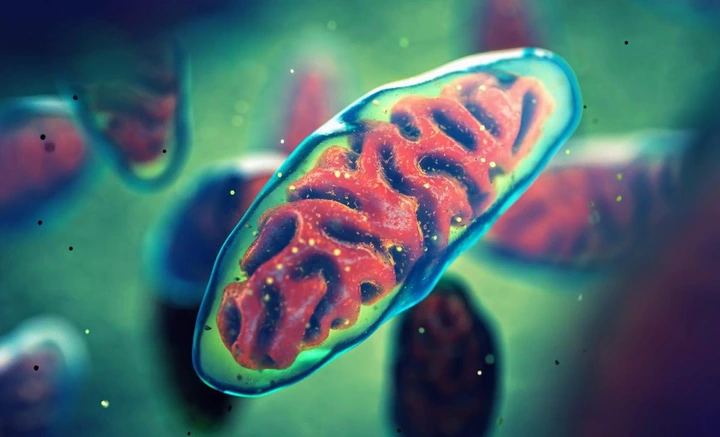Chronology of Life: Ice Ages Provided a Catalyst for Evolution

View pictures in App save up to 80% data.
Evolution resembles a magnificent show on the stage of our planet, where each species shines brightly at various points throughout history.
Envision a chronicle detailing the magnificent arrivals and departures of various species—not inscribed on paper or papyrus, but engraved within the bones and shells of ancient beings preserved through the ages.
Imagine a timeline that chronicles the evolution of life over the past 500 million years while reaching back nearly 2 billion years. A group of specialists at Virginia Tech has successfully brought this concept to fruition.
The scientists performed an in-depth examination of prehistoric life, pushing back the timeline of evolution to almost 2 billion years in the past.
Shuhai Xiao, a geobiologist at Virginia Tech, along with his team, examined these corridors of time. The research was particularly focused on marine eukaryotes, which are organisms that have cells with a nucleus.
Over time, these beings developed into multicellular life forms, such as animals, plants, and fungi, paving the way for an entirely new era of life on our planet.
“This represents the most thorough and current examination of this era thus far,” stated Xiao. “Furthermore, we employed a graphic correlation tool that enabled us to attain enhanced temporal resolution.”
A tale carved through the sands of time
The scientists have traced the origins of life forms to the Proterozoic Eon, a period that spans from 2.5 billion to 539 million years ago.
During this era, life forms such as sea sponges were typically smaller, more gelatinous, and less abundant. The majority of these organisms had not yet developed mineralized skeletons, resulting in a scarcity of fossils for us to discover in the present day.
Xiao and his team depict this journey through life as a dynamic dance of various species, with the intricate choreography revealing essential understanding of the simultaneous evolutionary trajectories of both life and our planet.
The Dull Billion and the glacial periods
An intriguing trend identified in the research was the presence of a relatively uneventful timeframe referred to as the “Boring Billion” (from 1.8 billion to 720 million years ago). During this era, it was believed that eukaryotic diversity remained fairly constant, indicating a more gradual rate of evolutionary change.
The researchers observed that "Eukaryotic species during the 'boring bi